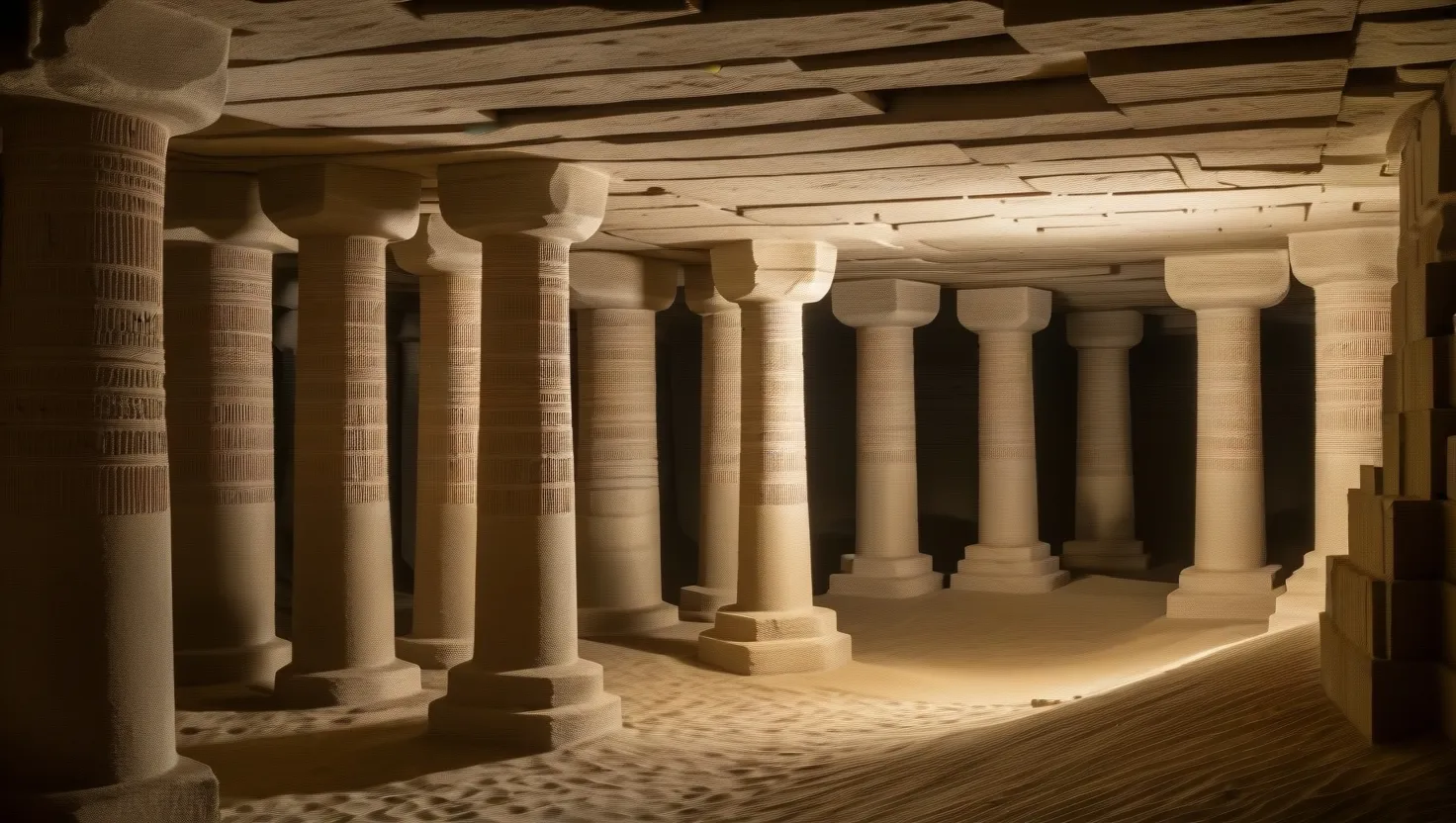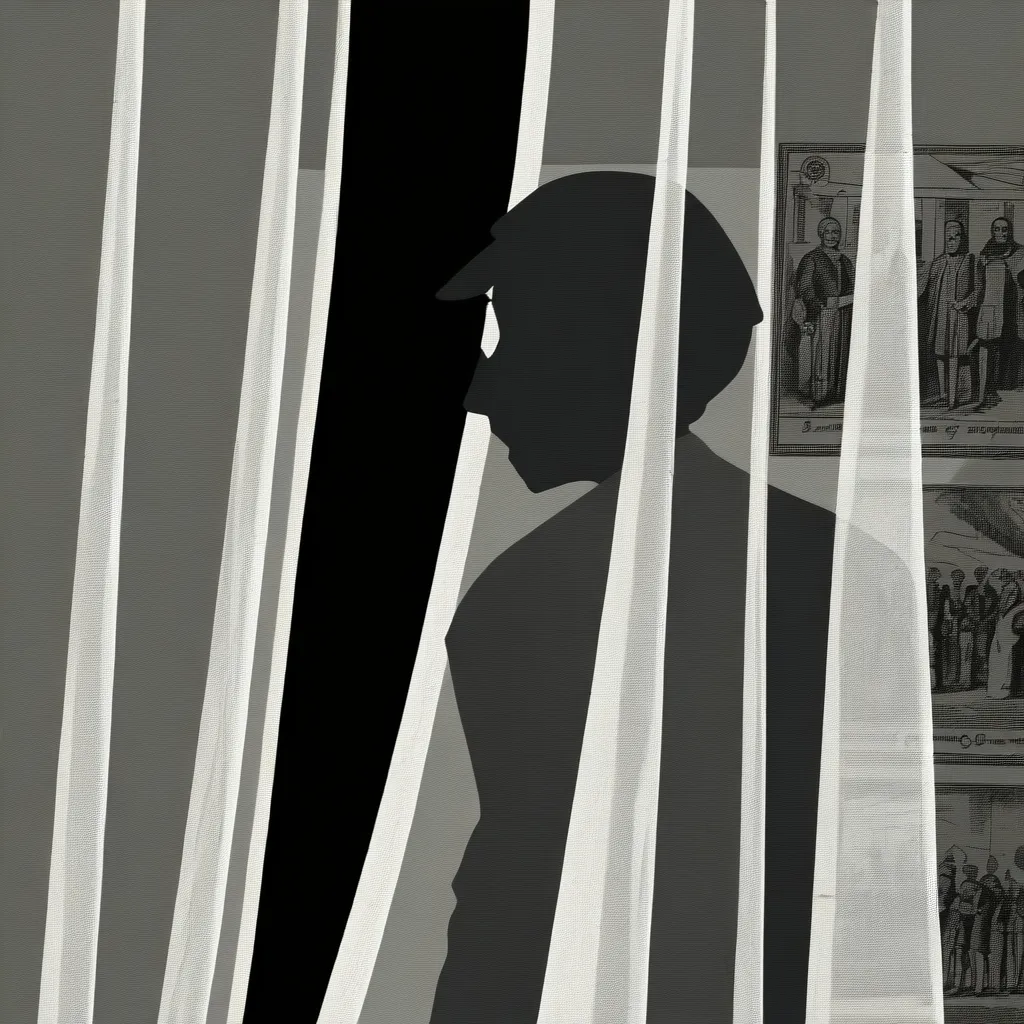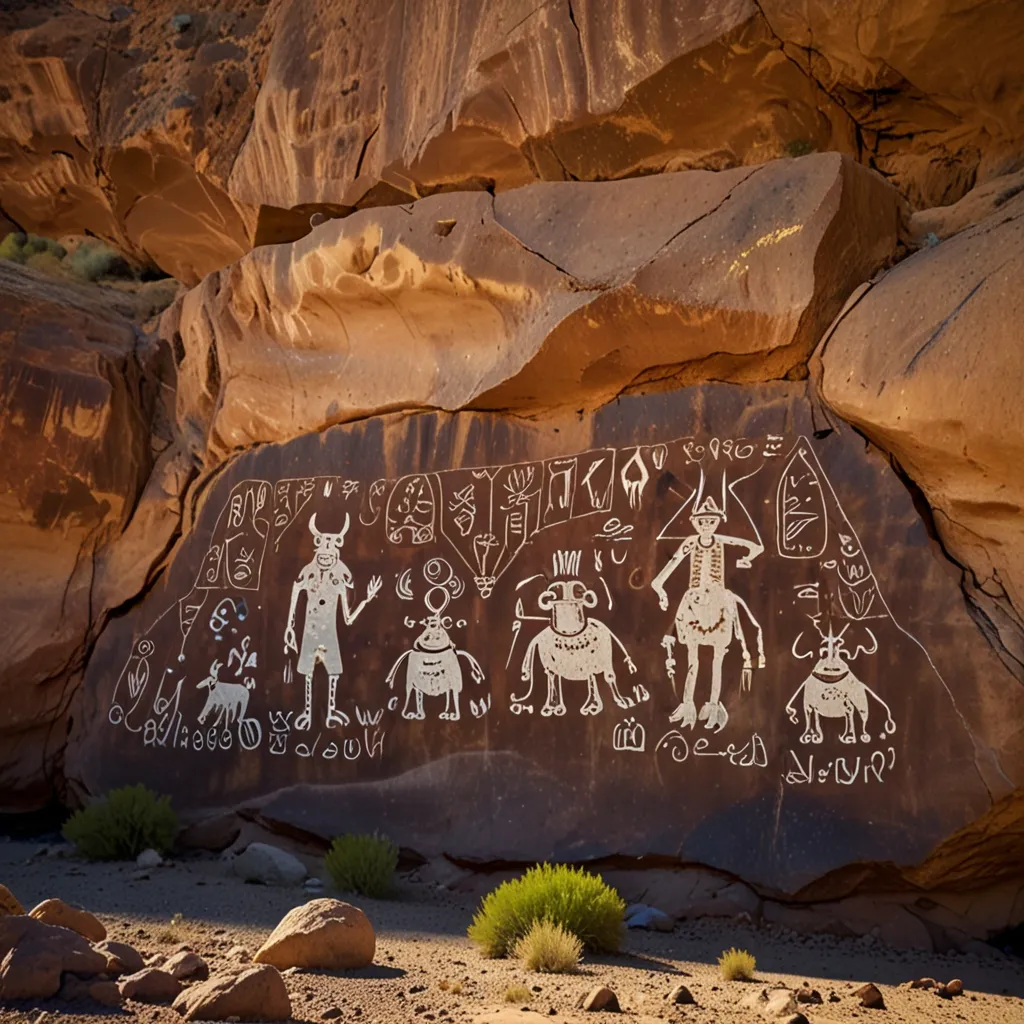In the heart of China’s Zhejiang province, a discovery in 1992 would shake the foundations of our understanding of ancient engineering and craftsmanship. The Longyou Caves, a labyrinthine network of 24 man-made caverns, have been a subject of fascination and intrigue for decades. As I delve into the mysteries of these underground marvels, I am reminded of the words of the ancient Greek philosopher, Aristotle: “The whole is more than the sum of its parts.”
These caves, carved meticulously into solid sandstone, cover an area of over 30,000 square meters and reach depths of up to 30 meters. The sheer scale is awe-inspiring, but it is the precision and detail that truly set them apart. Each cavern features perfectly straight walls, uniform pillars, and ceilings that have withstood the test of time without any significant damage. The chisel marks on the walls are a testament to the manual labor and skill of the craftsmen who built these structures.
The discovery of the Longyou Caves was almost accidental. Local farmers, in the process of draining several ponds, stumbled upon these hidden chambers. What they uncovered was not just a few small caves but a complex network of large and small caverns, each with its own unique characteristics. This accidental discovery sparked a wave of interest among archaeologists and engineers, who were eager to unravel the secrets of these ancient structures.
One of the most striking aspects of the Longyou Caves is their age. Estimated to be at least 2,000 years old, these caves date back to a time when the Qin Dynasty was in power. This era was marked by significant advancements in engineering and construction, but the Longyou Caves stand out even among other ancient marvels. The question that lingers is: How did our ancestors achieve such precision and scale without the benefit of modern technology?
The construction of the Longyou Caves required an enormous amount of labor and planning. Thousands of workers must have been involved in carving out these caverns from solid rock. Yet, despite the scale of the project, no historical records mention their construction or purpose. This silence is both intriguing and frustrating, leaving us with more questions than answers.
As I ponder the mysteries of the Longyou Caves, I am reminded of the words of Leonardo da Vinci: “The noblest pleasure is the joy of understanding.” Understanding the purpose behind these caves is a challenge that has captivated many. Theories abound, ranging from underground palaces and military installations to mining operations and ceremonial sites. However, the lack of artifacts or clear evidence of habitation only deepens the mystery.
One of the most fascinating theories is that these caves were used as underground storage facilities. The uniformity of the caverns and the presence of drainage systems suggest a level of planning that would be necessary for such a purpose. However, the absence of any significant artifacts or remains makes this theory speculative at best.
Another theory suggests that the Longyou Caves were used for military purposes. The strategic location and the scale of the caverns could have made them ideal for military installations. Yet, there is no concrete evidence to support this claim, leaving it to the realm of speculation.
The structural integrity of the Longyou Caves is another aspect that has intrigued engineers. Despite being over 2,000 years old, these caverns have withstood earthquakes and erosion without any significant damage. This is a testament to the advanced knowledge of rock mechanics and weight distribution that our ancestors possessed. As the architect Frank Lloyd Wright once said, “The mother art is architecture. Without an architecture of our own we have no soul of our own civilization.”
As research continues, the Longyou Caves remain an enigma, a reminder of the ingenuity and resourcefulness of our ancestors. They challenge our current understanding of ancient engineering capabilities and invite us to reconsider what we thought we knew about the past. In the words of the historian Will Durant, “Civilization is a stream with banks. The stream is sometimes filled with blood from people killing, stealing, shouting, and doing the things historians usually record; while on the banks, unnoticed, people build homes, make love, raise children, sing songs, write poetry, and even whittle statues.”
The Longyou Caves are more than just ancient structures; they are a window into a forgotten era, a testament to human ingenuity, and a reminder that there is still much to learn from our past. As we continue to explore and study these caves, we are not just uncovering the secrets of the past but also gaining a deeper appreciation for the achievements of our ancestors.
So, what can we learn from the Longyou Caves? How can these ancient structures inform our understanding of engineering and construction today? These are questions that continue to intrigue and inspire us. As we delve deeper into the mysteries of the Longyou Caves, we are reminded that the past is not just a series of events but a rich tapestry of human achievement and ingenuity.
In the end, the Longyou Caves stand as a silent testament to the power of human creativity and perseverance. They are a reminder that even in the absence of clear answers, the journey of discovery itself is a rewarding and enriching experience. As the poet Rainer Maria Rilke once wrote, “The only journey is the one within.” The journey to understand the Longyou Caves is indeed a journey within, a journey into the heart of human ingenuity and the soul of our civilization.






